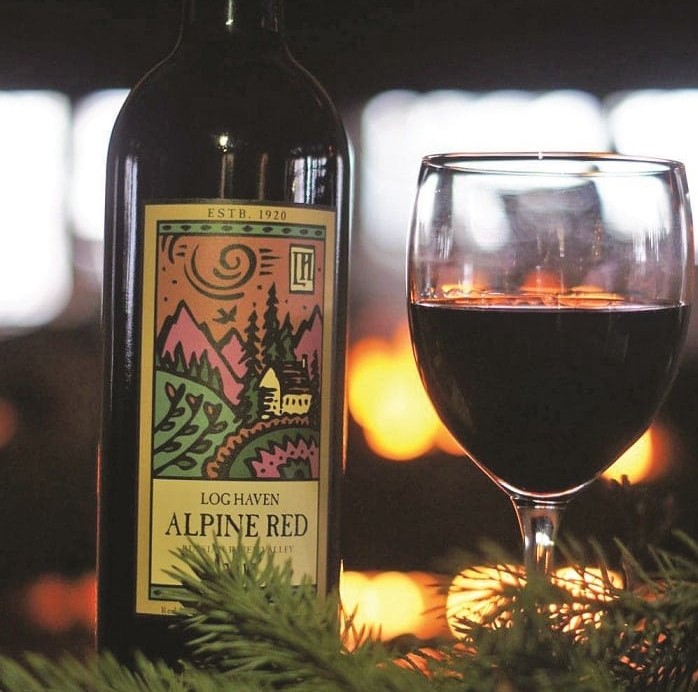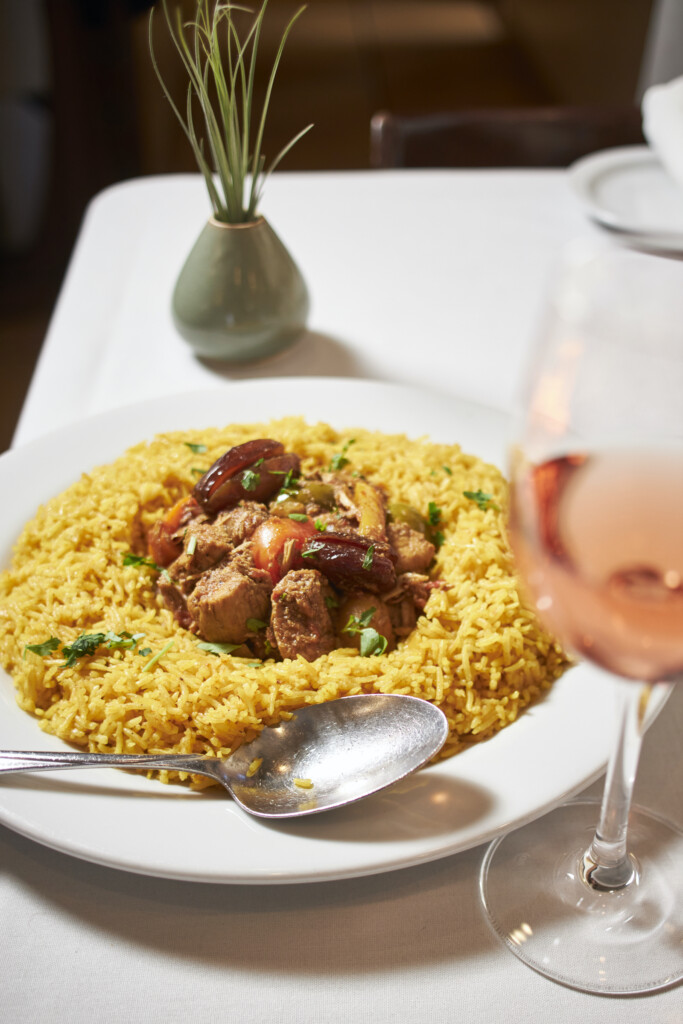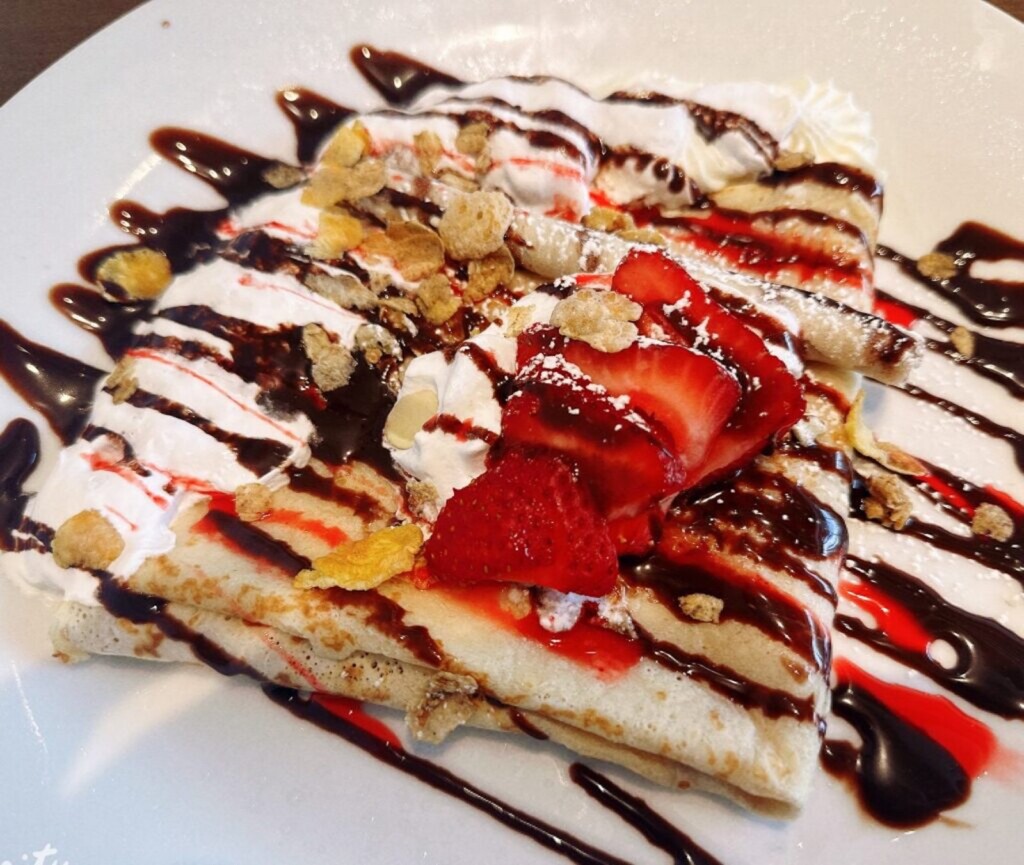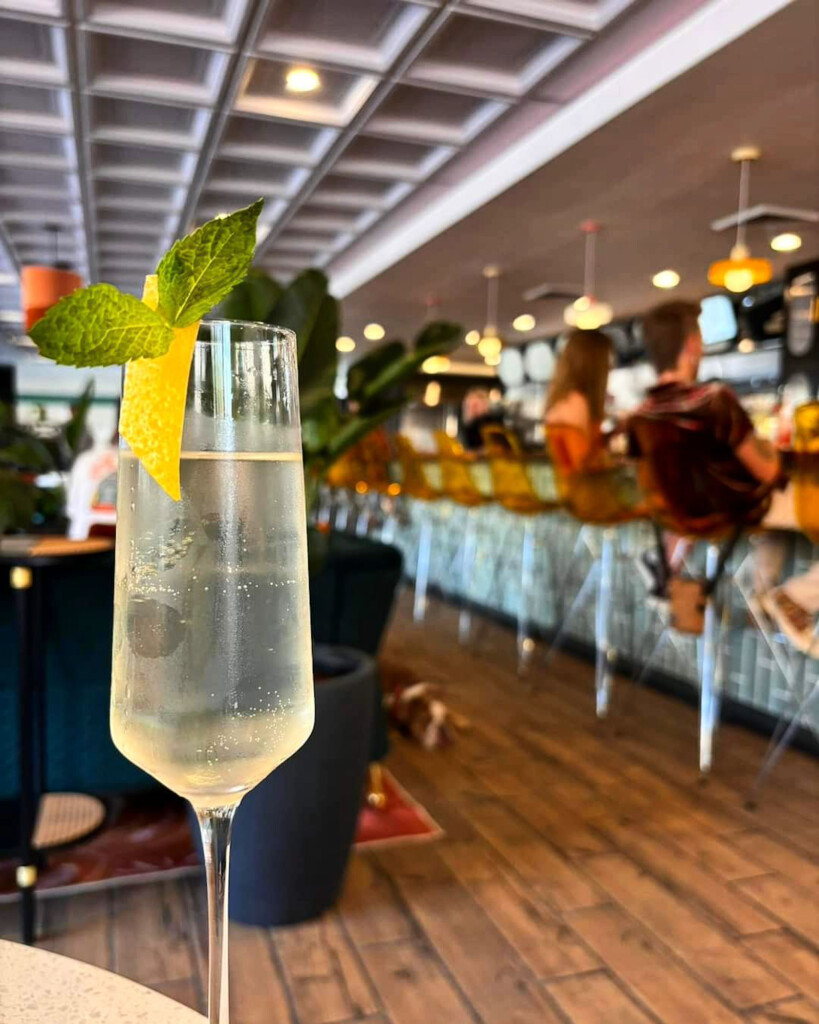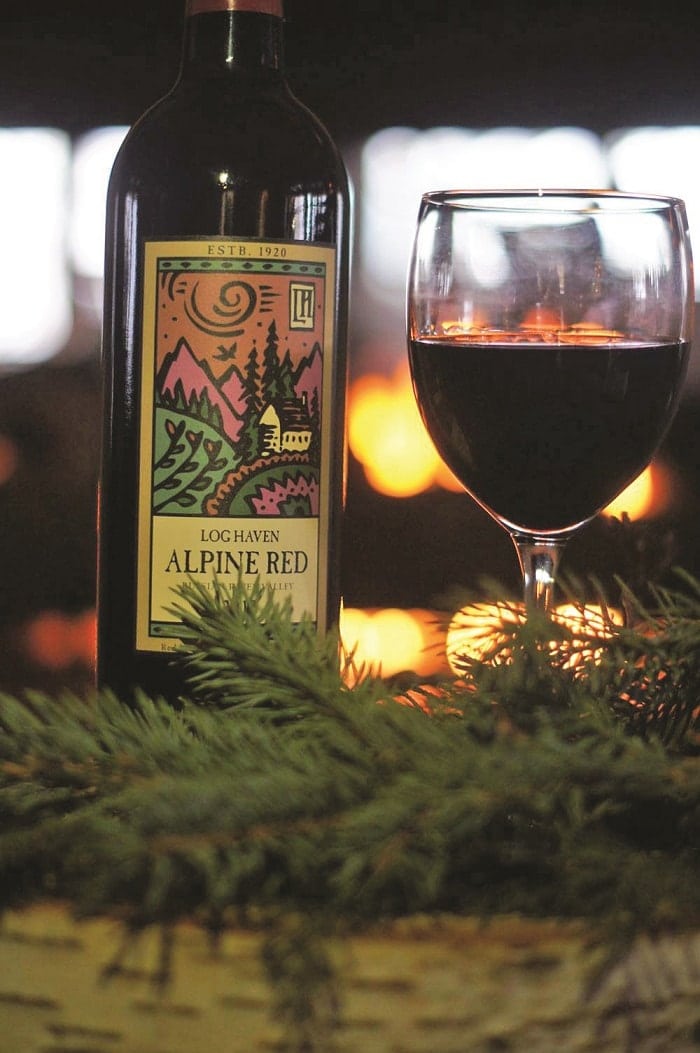
What You, Restaurant-Goer, Don’t Know
Having written about restaurants, food and drink for 25 years, I’ve learned a lot about the industry. And one of the things I learned is that many, if not most, restaurant customers don’t really understand how hard it is to make a living running a restaurant.
As most restaurateurs know, but many of their guests don’t, is that operating a restaurant is typically a low-margin, high-risk undertaking. Stress and long hours are built into the job. And in our current social media culture—where everyone is a restaurant critic—the challenges of running a profitable restaurant are even greater. A vicious Yelp or Open Table “review” can do real damage to a restaurant’s business, whether the review has any validity or not.
Beehive Liquor Laws
And here in Utah, with its byzantine liquor laws and legislation, making a profit from serving folks food and drink is even more of a challenge than in most other places.
For example, I frequently hear from restaurant-goers who ask, “Why do I have to pay $25 for a $10 bottle of wine?” Well, unlike most other states, restaurateurs and bar owners here in the Beehive aren’t allowed to purchase alcohol directly from the producer or distributor and can’t buy at wholesale prices.
Just like you and me, restaurateurs have to pay the retail price for say, a bottle of Robert Mondavi Cabernet, and then mark the price up to make a profit. Utah already has the highest markup on alcohol in the country: 86 percent, plus another 2 percent for shipping costs. So for everyday customers and restaurateurs alike in Utah, that means a bottle of wine that costs $10 to produce will cost $18.80 retail. And that’s what restaurant beverage managers have to pay before marking up the wine to make a small profit. Storage, breakage, spoilage, inventory control and staff training are all costs that factor into why you’re paying $25 for a 10-buck bottle of wine.
It’s Not Solely A Food Cost
So, you might ask, why does a steak that I can buy for $12 at Smith’s cost me $22 in a restaurant? For starters, you’re paying someone else to cook and serve it to you. You’re sitting on a restaurant’s chair at a restaurant’s table eating the steak off of the restaurant’s plate with their utensils, all of which cost real money. Restaurateurs pay thousands of dollars every year in insurance costs, license fees, cleaning supplies and janitorial costs, advertising and marketing, rent or mortgage costs, point of sale systems, office expenses, menu covers, business software and hardware, gas/electric/sewer/water fees, credit card company fees, repair and maintenance costs, taxes, light bulbs, snow removal … you get the idea. There’s plenty more I could add to the list.
Margo Provost, owner of Log Haven restaurant, says, “I always find it interesting when journalists do cost comparisons in articles where they say ‘I’m going to see if I can make this dish cheaper at home than a restaurant charges.’ So to make a taco let’s say, the beef costs this amount and a teaspoon of seasoning is that amount, and so on, and the total cost is X, whereas the restaurant charges Y, concluding it’s cheaper to eat at home. But then, they’re not counting the cost of their stove or the cost of their refrigerator. Not to mention the electricity costs to operate those things. Nor the cost for the house or apartment that they’re cooking and eating their meal in. So they’re ignoring many of the real total costs that go into even just making a simple meal at home. They’re just talking solely about food costs.”
She continues, “At a restaurant like ours, we have to buy food in large quantities and it’s perishable. So we have to predict what the customers will want and how much of a particular item we’ll sell. Because heaven forbid we run out of something you want. And there are a lot of expenses attached to operating a restaurant in a beautiful location like ours. There are things like snow removal and the expensive cost of wi-fi up in our canyon … why, in the winter months I can spend $20,000 on propane!”
It’s No Simple Truth
The profit made at most fine dining restaurants around the country comes, substantially, from alcohol sales. But Utah restaurateurs are hog-tied here, too. A restaurant liquor license in Utah requires that no more than 30 percent of sales can be from alcohol. Think about that: One big spender who orders a couple of $170 bottles of wine for his table can single-handedly throw a restaurant’s alcohol-to-food sales ratio completely out of whack. Next thing you know, the restaurant owner is getting a visit and warning or penalty from a DABC compliance person.
Echoing Margo Provost’s sentiments, Michael McHenry, head of The McHenry Group, and partner in restaurants such as Ginger Street and Oak Wood Fire Kitchen, stresses that “Food costs are just one of many in a restaurant that contribute to the overall cost of the operation.”
Like many restaurateurs I spoke with, McHenry also laments the challenges of the food-to-alcohol sales ratios that handcuff restaurant operators in Utah. “At night,” he says, “if you just want to come in to Ginger Street and get a few small plates—some dumplings and crispy duck rolls and a green papaya salad along with a bottle of sake and maybe a couple of imported beers—if you look at the overall revenue mix [food/alcohol], we have to be mindful of that and perhaps send more food to the table so that we’re not skewed.”
The simple truth is that almost every restaurateur I know charges as little as they can and still make a profit. Profit margins in restaurants are tiny. To gouge customers is simply insane, not to mention bad business. Think about that the next time you’re tempted to fire off a mean-spirited review on Yelp or elsewhere. I don’t know a restaurateur anywhere whose aim isn’t to provide a completely positive dining experience for all of their customers. And that’s no simple thing.

